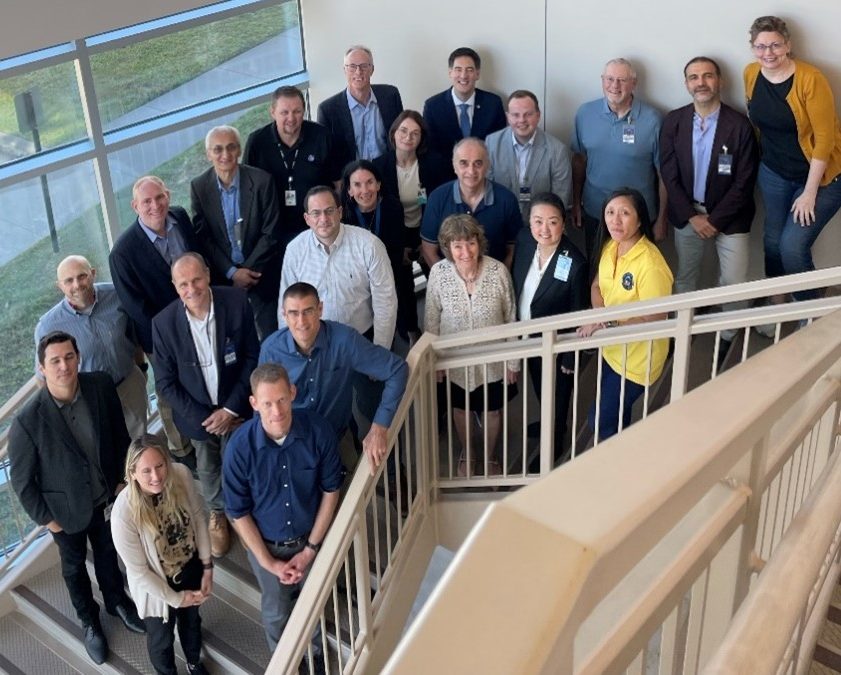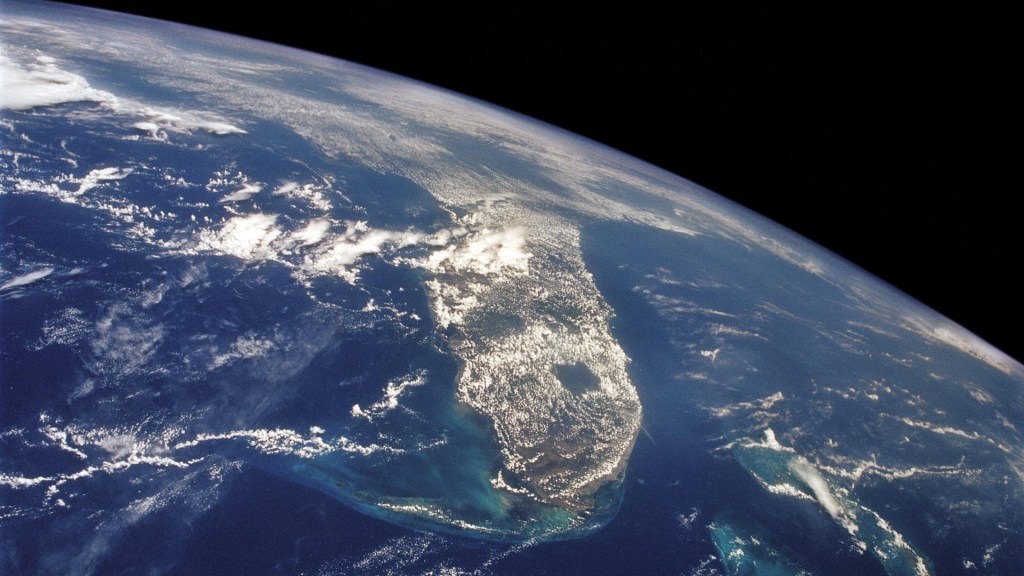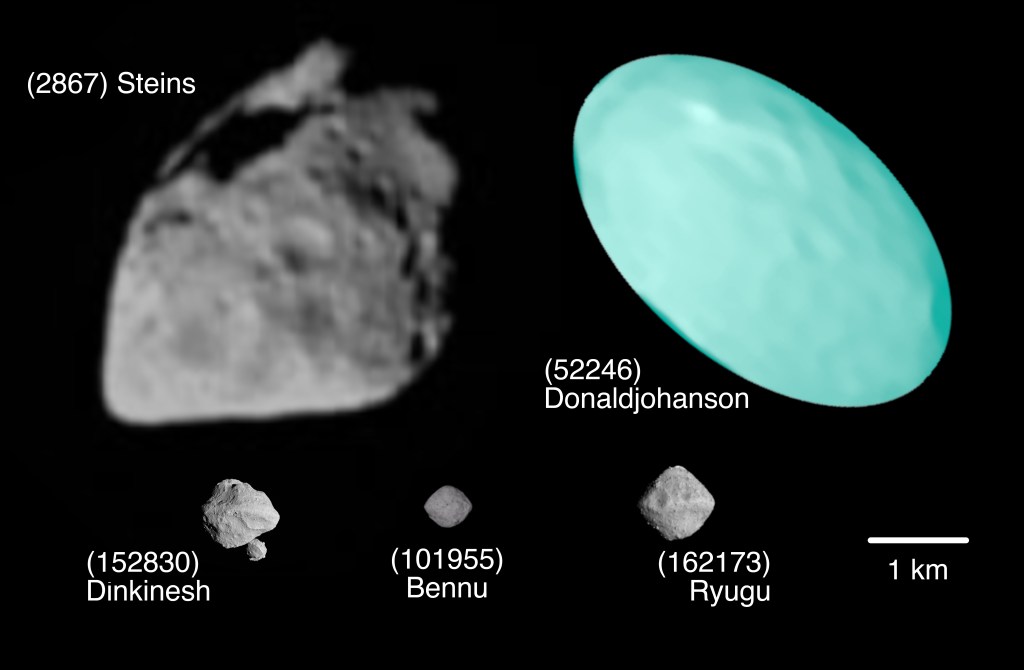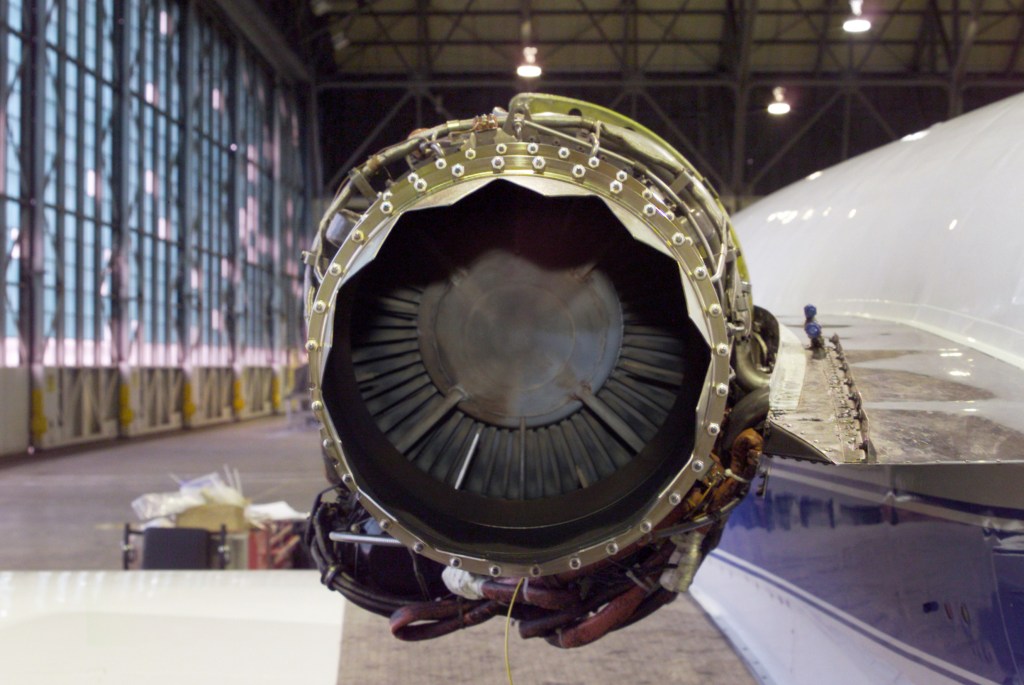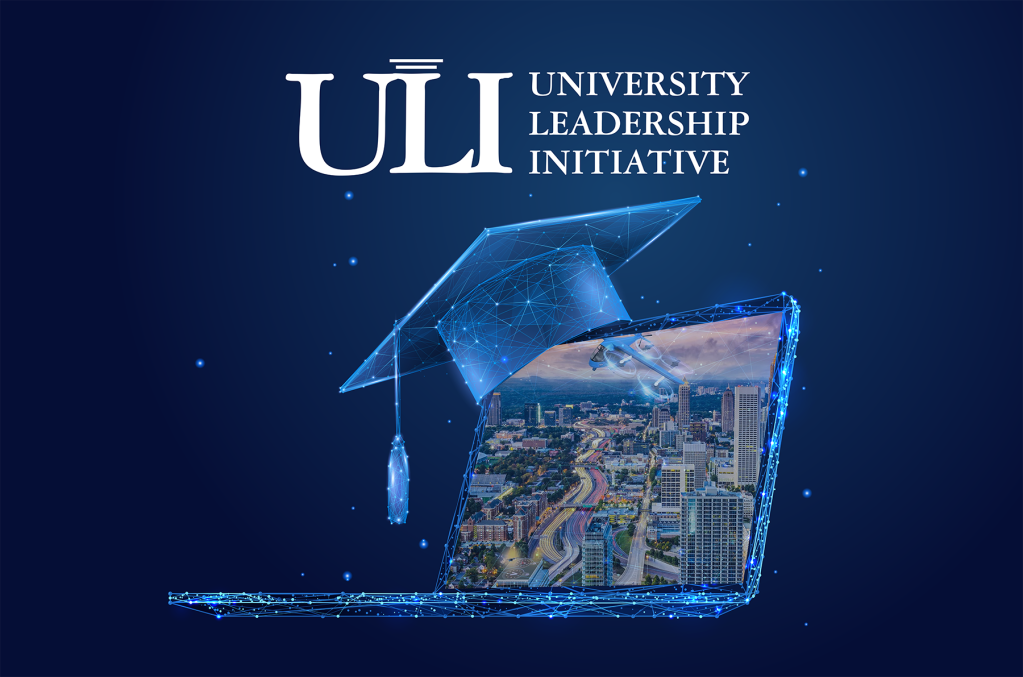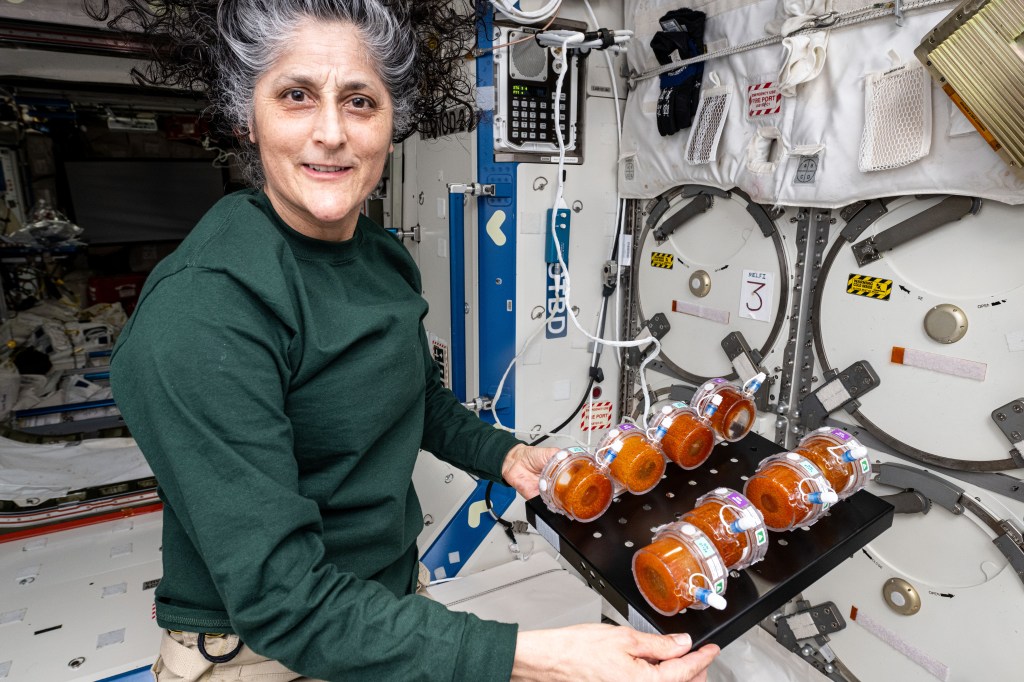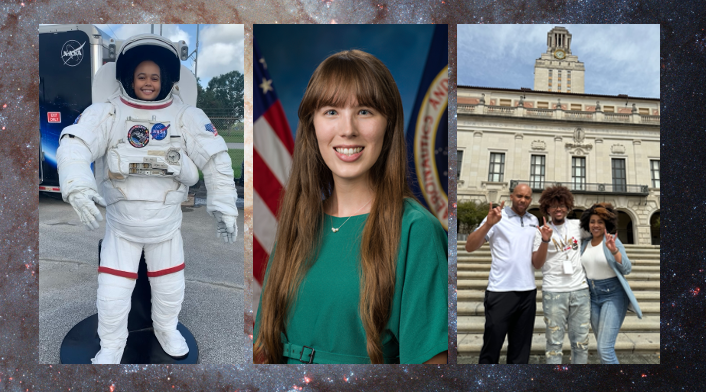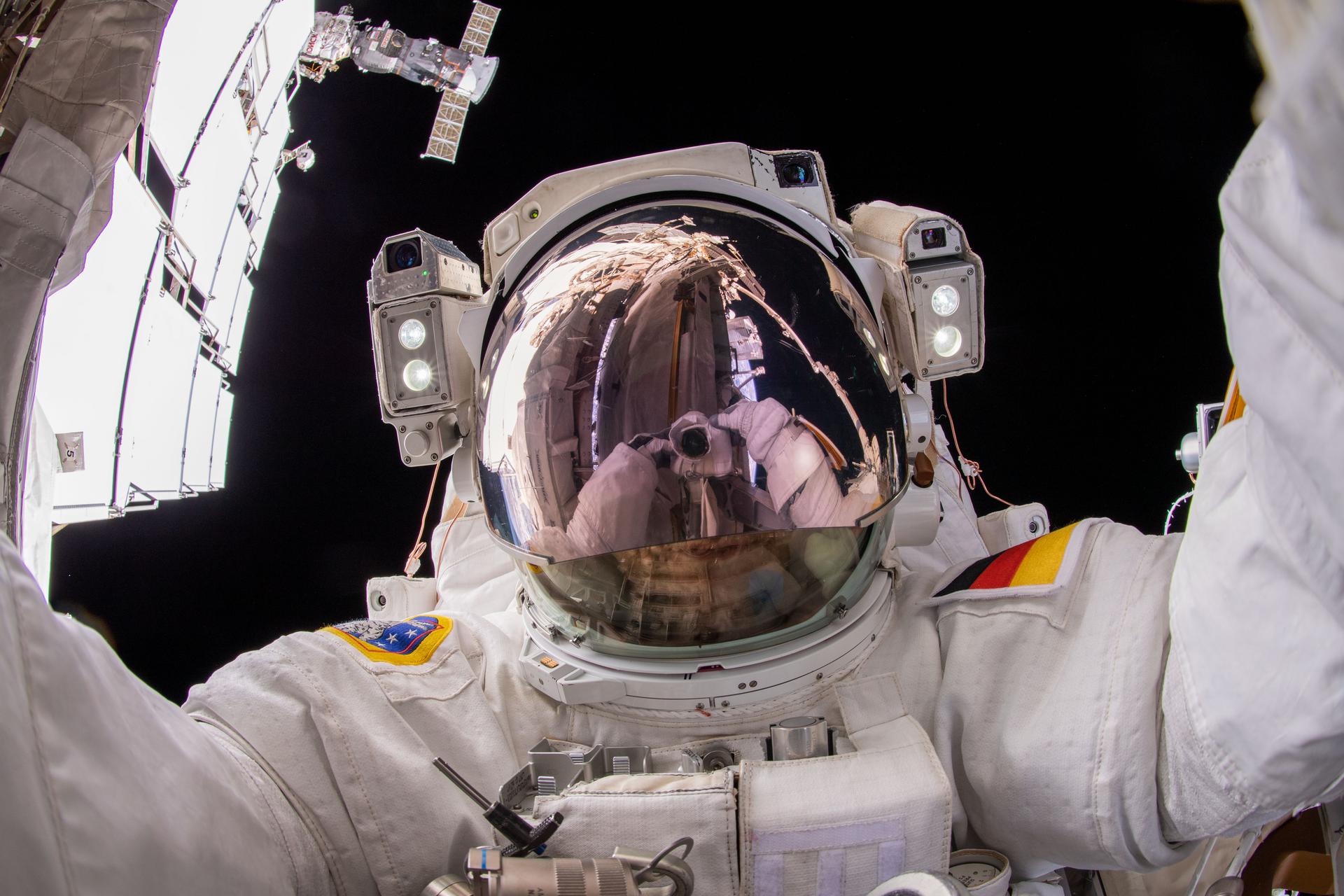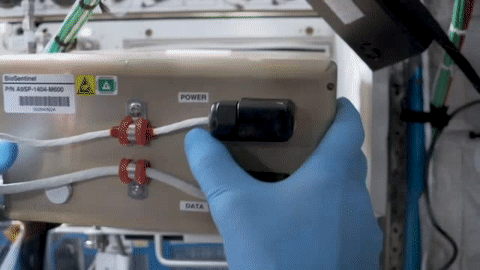Editor’s Note:
At the conclusion of an early morning weather briefing, NASA and SpaceX are postponing the Thursday, Aug. 18 undocking of a SpaceX Dragon cargo resupply spacecraft from the International Space Station due to unfavorable weather conditions, including an elevated chance of precipitation at the splashdown sites. Mission teams now are targeting to undock the uncrewed Dragon spacecraft from the space station at 11:05 a.m. EDT Friday, Aug. 19.
NASA will provide coverage of Dragon’s undocking and departure on NASA Television, the NASA app, and the agency’s website beginning at 10:45 a.m. EDT. Watch online at: https://www.nasa.gov/live. After re-entering Earth’s atmosphere, the spacecraft will make a parachute-assisted splashdown off the coast of Florida on Saturday, Aug. 20. NASA TV will not broadcast the splashdown, and updates will be posted on the agency’s space station blog.
SpaceX’s 25th commercial resupply mission (SpaceX CRS-25) is scheduled to return home from the International Space Station on August 19. A Dragon spacecraft will splashdown off the coast of Florida carrying samples and hardware from multiple investigations, allowing researchers to continue data collection and analysis on the ground.
Read more about the equipment and samples making their way back to Earth:
Spacewalk suit analysis
After crew members successfully completed a spacewalk on March 23, 2022, they discovered a thin layer of moisture on the inner surface and on an absorption pad inside European Space Agency (ESA) astronaut Matthias Maurer’s helmet following airlock re-pressurization. With the support of teams on the ground, the crew expedited Maurer’s helmet removal and gathered data. Key components of the spacesuit Maurer used, known as an Extravehicular Mobility Unit, are scheduled to return to the ground on SpaceX CRS-25 for further analysis and to address any possible fixes that may be needed. The crew remains in good health, continuing their activities on the station, and there are no planned U.S operating segment spacewalks in the near future.
Keeping it cool
The Spacesuit Evaporation Rejection Flight Experiment (SERFE), a NASA investigation, returns to Earth for disassembly and inspection of the suit components. SERFE demonstrates and evaluates thermal control technology using water evaporation techniques to maintain appropriate temperatures for the crew and equipment during spacewalks. SERFE also investigates whether microgravity affects performance of the technology and how the technology affects the contamination and corrosion of spacesuit material.
Building radiation biosensors
Samples from the NASA-sponsored BioSentinel ISS Control Experiment (BioSentinel) return to Earth for optical measurements to examine radiation damage accumulated by Saccharomyces cerevisiae cells during their time in space. S. cerevisiae, or budding yeast, is a model organism that shares similar cellular processes with human cells, specifically how they respond to DNA damage caused by ionizing radiation. The experiment aims to develop biosensors that study the effects of radiation on organisms to prepare for long-duration missions in space.
BioSentinel also was chosen to fly aboard the Artemis I mission as a secondary payload. The investigation deploys dry yeast cells stored in microfluidic cards inside a CubeSat into a lunar fly-by trajectory. After the lunar fly-by, scientists rehydrate the microfluidic cards. One set of microfluidic cards is scheduled to activate in the occurrence of a solar particle event. These powerful radiation storms create a significant risk to astronauts on long-duration missions. Researchers plan to compare data downlinked from the CubeSat with that from identical payloads aboard the station and on Earth to interpret the effects of space radiation exposure. Results could potentially reduce the risks associated with long-term human exploration.
First-aid of the future
The ESA-sponsored Bioprint FirstAid experiment demonstrates a handheld bioprinter for Earth and space applications. The bioprinter uses additive manufacturing to print viable cells, biomaterials, and biological molecules for possible use in skin reconstruction. Current bioprinting capabilities require large machinery and a long timeline. The handheld bioprinter aspires to use bio-inks containing the patient’s skin cells to cover a wound and accelerate healing. The technology could mitigate risks and treat injuries in case of an emergency on long-duration missions. On Earth, the bioprinter could act as a custom wound patch, allowing safe regenerative and personalized therapy. Samples are returning home aboard the Dragon capsule for comparison to samples printed on Earth.
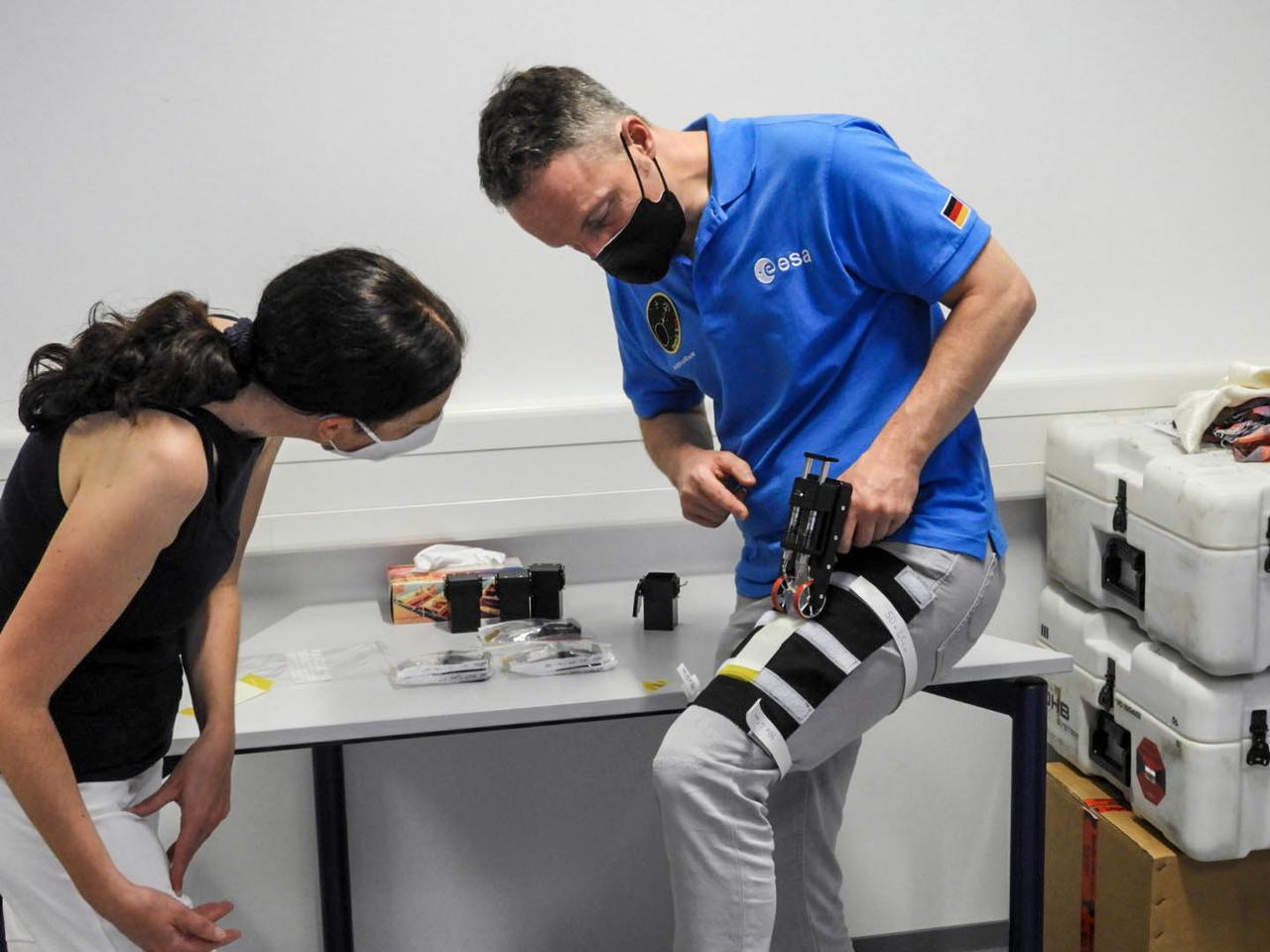
Space’s impact on materials
The Materials International Space Station Experiment-15-NASA (MISSE-15-NASA) experiment examines how the low-Earth orbit environment affects new materials and components. Sponsored by the ISS National Lab, MISSE includes a series of tests experimenting with new materials and material configurations, including geopolymer lunar concrete, spacecraft materials, fiberglass composites, thin-film solar cells, wearable radiation protection materials, and more. Experiment hardware is returning to Earth for detailed analysis. Results could have applications for uses both in the harsh environments of space and on Earth.
Live coverage of the departure begins on August 18 at 10:45 AM EDT on NASA Television, the agency’s website, and the NASA app. NASA will not broadcast the splashdown. Find updates on undocking, splashdown, and subsequent events on the space station blog.
For daily updates, follow @ISS_Research Space Station Research and Technology News, or our Facebook. For opportunities to see the space station pass over your town, check out Spot the Station.
Christine Giraldo
International Space Station Program Research Office
Johnson Space Center






